When it comes to transporting hazardous materials, safety and compliance don't just come firstâthey are non-negotiable. Understanding the regulations and best practices can seem overwhelming, but with the right guidance and resources, it can be a smooth process. This article will break down the essential steps and provide a helpful template for crafting your own letter to ensure safe transportation. So grab a coffee and let's dive into the nitty-gritty of hazardous materials transportation!
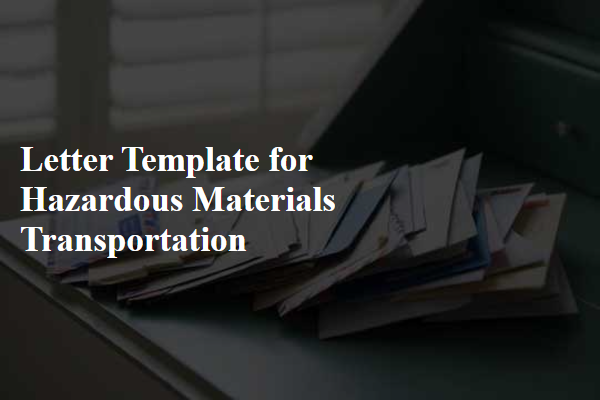
Regulatory Compliance
Regulatory compliance for hazardous materials transportation is critical for safety and environmental protection. According to the Department of Transportation (DOT) regulations, all hazardous materials must be classified according to the Hazardous Materials Table (49 CFR 172.101). Proper labeling, including the use of placards indicating the specific type of hazard--such as explosives, flammable liquids, or toxic substances--is mandatory. Additionally, shipping documents must include the correct UN identification number, proper shipping name, and emergency response information. Training for personnel involved in the handling and transportation of hazardous materials is required under 49 CFR 172.700, ensuring that they are knowledgeable about safety protocols and emergency procedures. Compliance with International Air Transport Association (IATA) regulations is also necessary for air shipments of hazardous materials. Monitoring changes in regulations, such as updates from the Occupational Safety and Health Administration (OSHA) or the Environmental Protection Agency (EPA), is essential for maintaining compliance and enhancing safety measures.
Proper Labeling and Documentation
Proper labeling and documentation are critical for hazardous materials transportation to ensure safety and compliance with regulations. Hazardous materials, such as chemicals classified under the Hazardous Materials Transportation Act, require clear labels that indicate the specific type of hazard, such as flammability or toxicity. For instance, the Department of Transportation mandates the use of United Nations (UN) numbers, like UN 1203 for gasoline, to identify specific substances during transit. Additionally, documentation such as the Material Safety Data Sheet (MSDS) provides crucial information about handling, storage, and emergency measures. These documents must accompany shipments to comply with regulatory bodies like the Occupational Safety and Health Administration (OSHA) and the Environmental Protection Agency (EPA). Failure to adequately label or document can result in severe penalties, accidents, and environmental harm.
Emergency Contact Information
Emergency contact information for hazardous materials transportation is critical to ensuring rapid response. Include detailed information such as the name of the responsible person, their position within the organization, and the company name engaged in the transportation process. Also, provide multiple phone numbers for immediate access, including a primary contact number (area code), a backup number, and a 24-hour emergency line. Incorporate information such as the email address for digital contact and additional points of contact if available. Specify the geographic location (e.g., city, state) of the company to assist emergency responders in understanding the regional context, especially during accidents or spills involving substances such as hazardous waste, flammable liquids, or toxic chemicals. This information should be prominently displayed on transportation paperwork to ensure swift access during an emergency situation.
Packaging and Handling Instructions
Proper packaging and handling of hazardous materials is critical to ensure safety and compliance during transportation. Packaging must adhere to specific regulations set by organizations such as the United Nations (UN) and the U.S. Department of Transportation (DOT). Standard identification numbers--including UN numbers--must be clearly marked on containers, ensuring immediate recognition of the contents' nature. Use specialized materials like UN-approved drums or boxes, completing the required labeling detailing hazard classes, such as Flammable Liquids (Class 3) or Toxic Substances (Class 6.1). Additionally, ensuring that materials are secured tightly prevents leaks or spills, which can occur due to pressure changes during transit. Involving trained personnel in handling procedures minimizes risks associated with exposure, ensuring the health and safety of workers involved in loading and unloading, especially at designated hazardous waste facilities or during intermodal shipping transfers. Following these stringent guidelines can significantly reduce incidents during the duration of transport.
Route and Transit Details
Transporting hazardous materials requires meticulous planning and awareness of routes and transit modes. The designated path must avoid densely populated areas such as urban centers with high traffic conditions, ensuring safer passage. Specific highways, such as Interstate 90 or Route 66, known for their expansive stretches and lower population density, are often preferred. Transit times should be estimated accurately, factoring in potential delays due to weather or road construction, with optimal routes frequently updated based on real-time conditions. Compliance with regulations from entities like the Department of Transportation (DOT) mandates specific signage on vehicles for materials classified under categories such as flammable gases or toxic substances. All vehicles transporting hazardous materials should regularly undergo inspections to ensure adherence to safety standards, including maintaining proper containment methods to prevent spills or leaks during transit.
Letter Template For Hazardous Materials Transportation Samples
Letter template of hazardous materials transportation compliance notification.
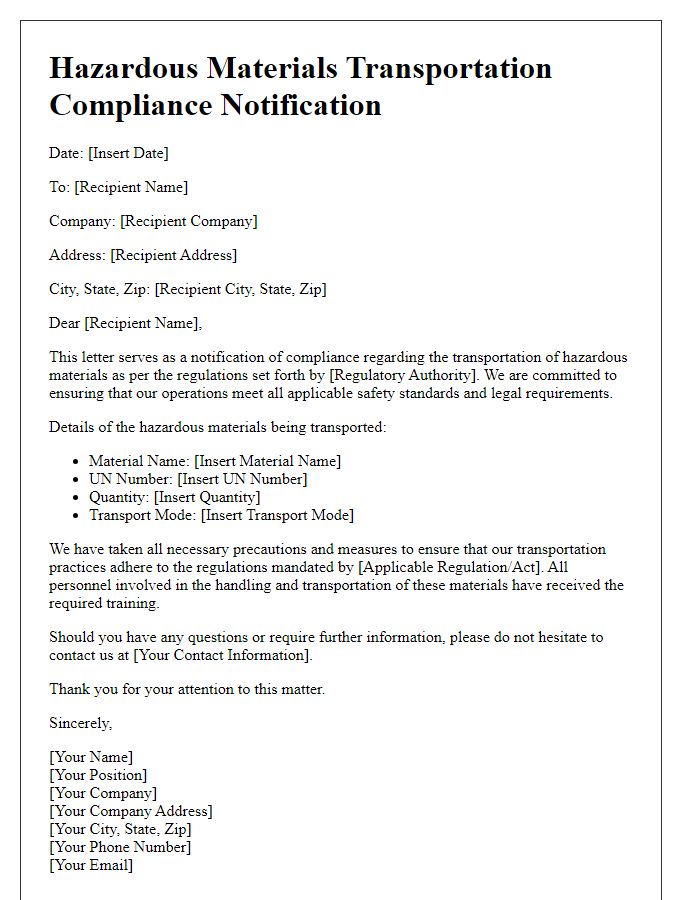

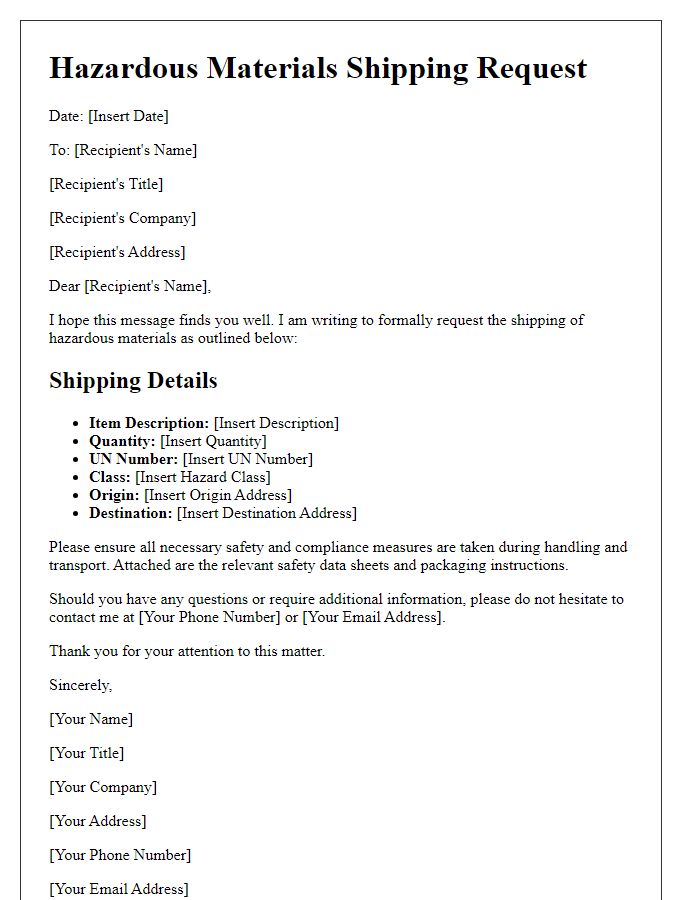
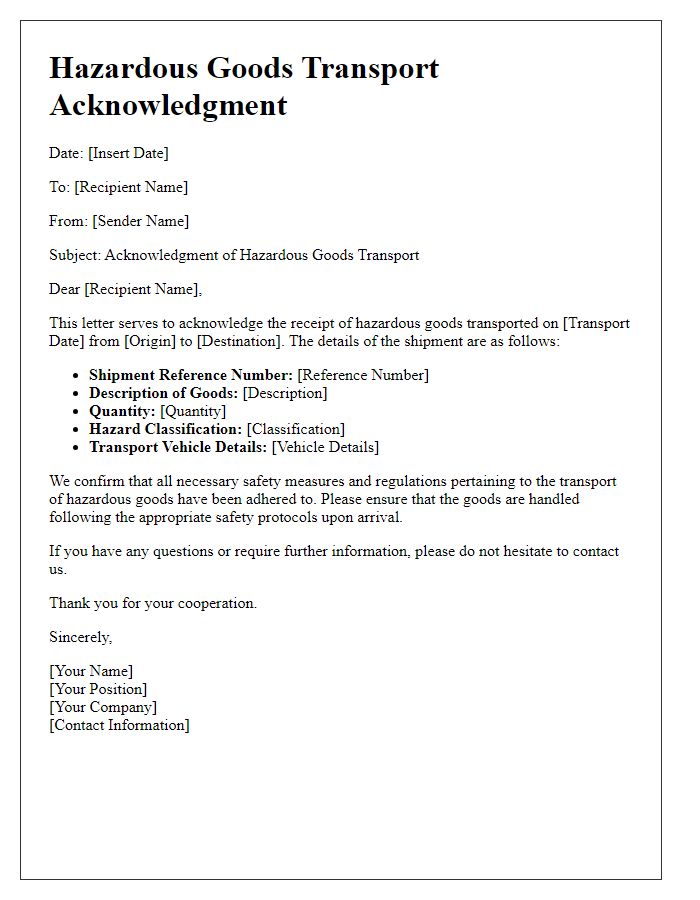
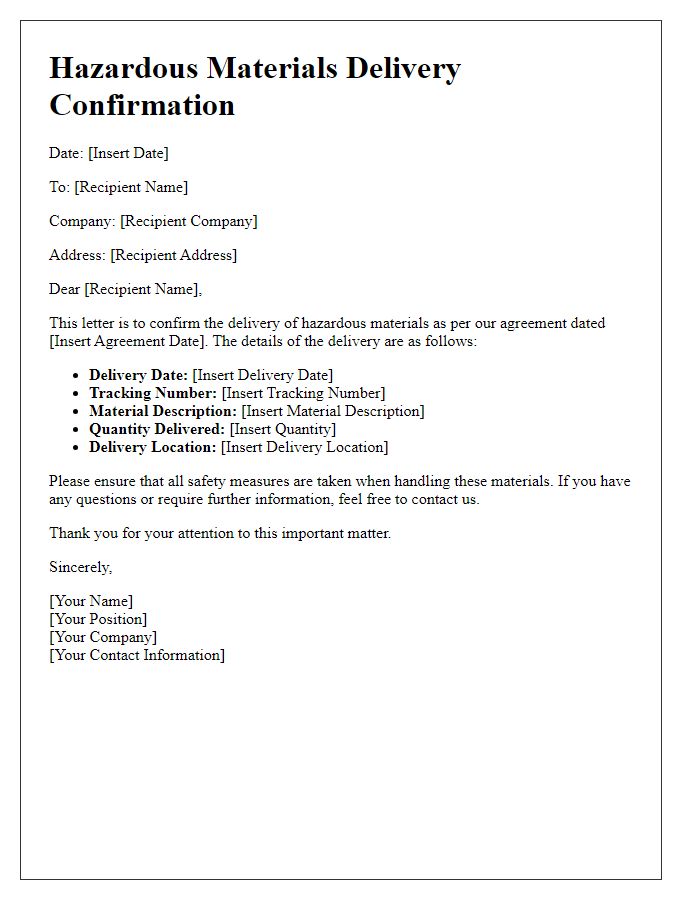
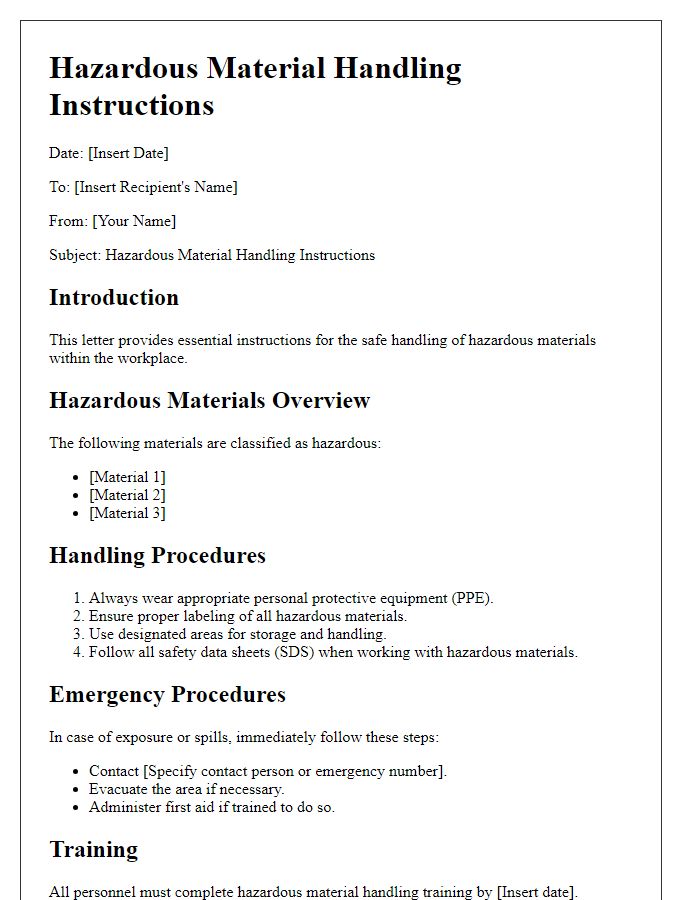
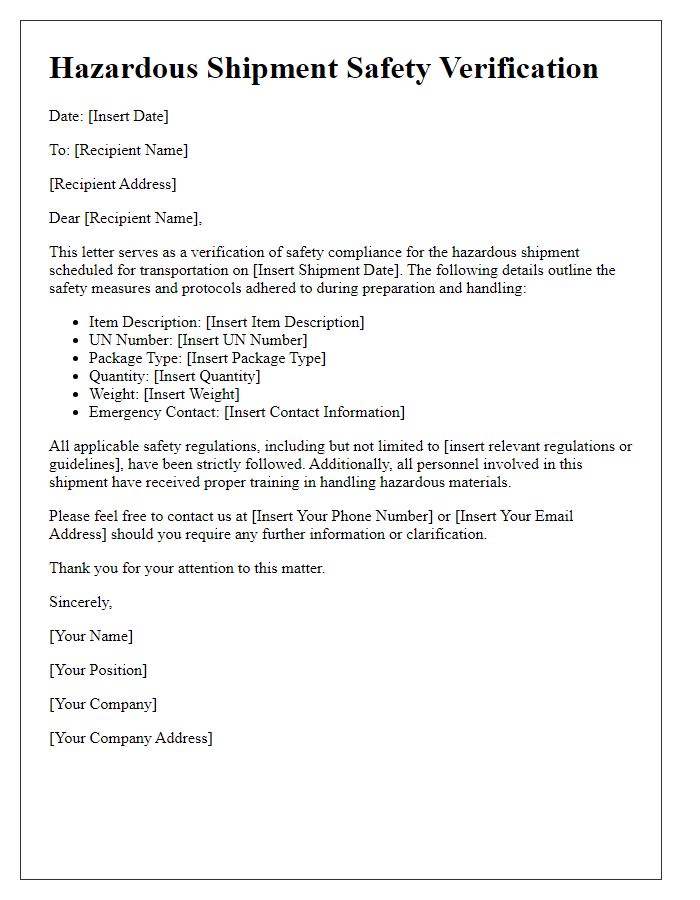
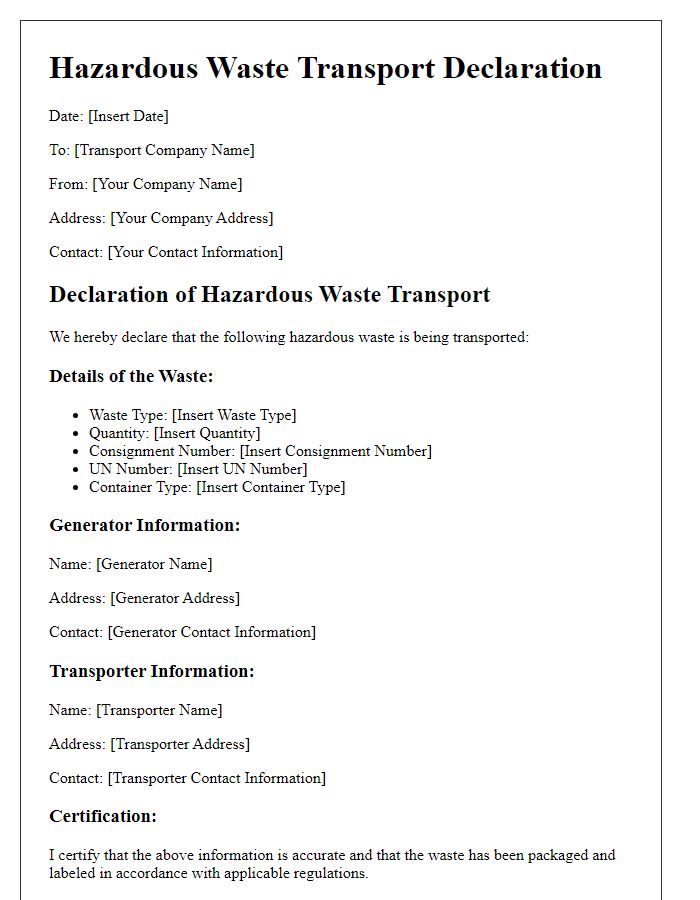
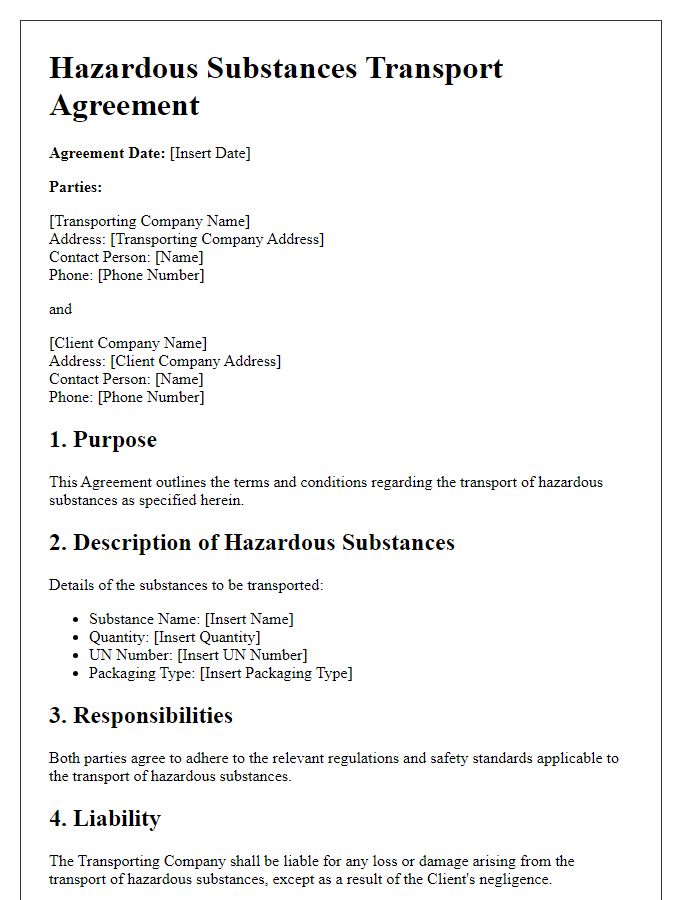
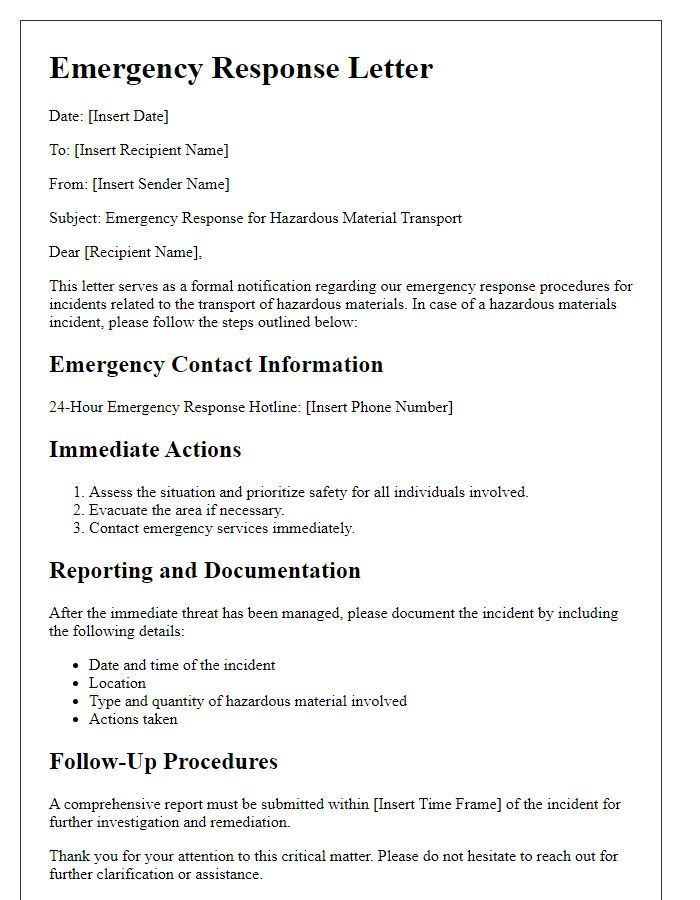
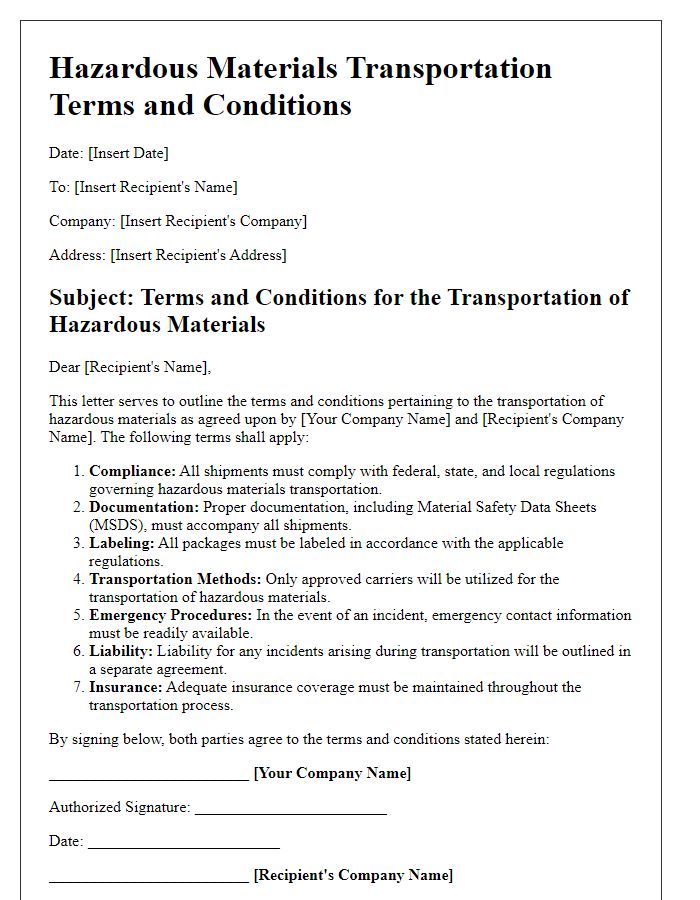

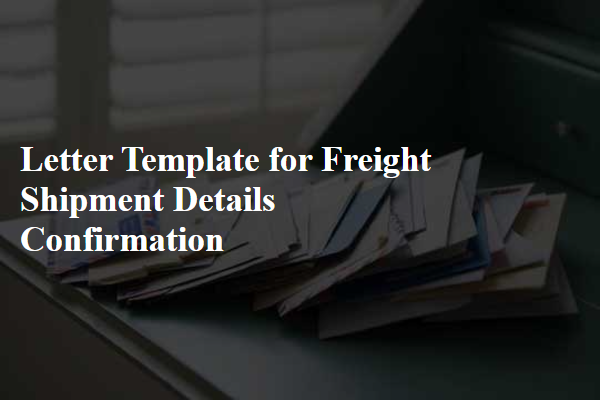
Comments